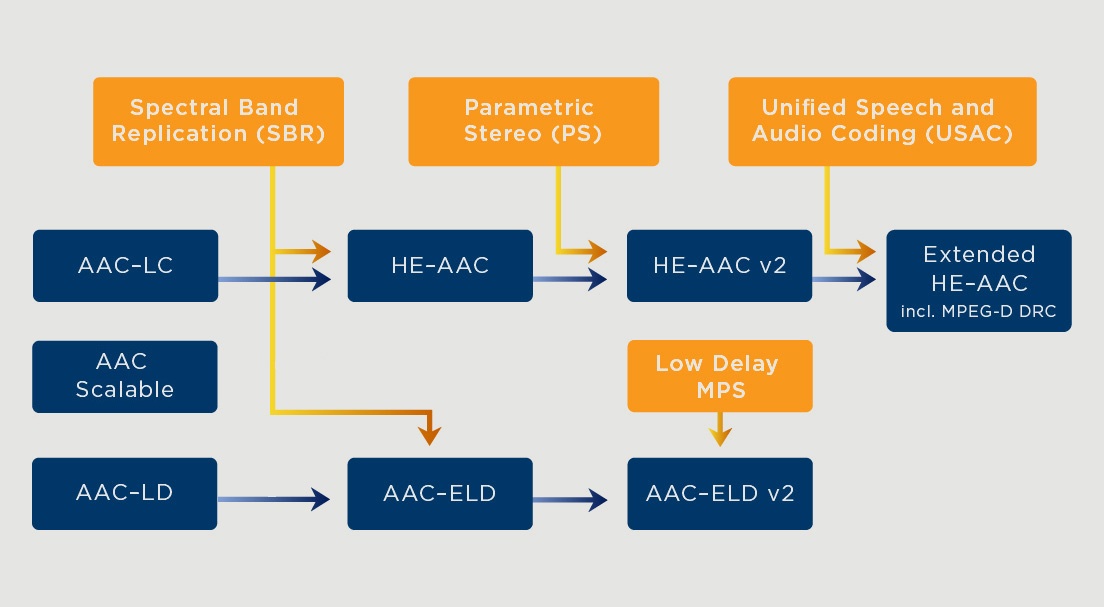The software is very important for optimally configured PC to play music from streams and with good Hi-FI equipment
Therefore, listening tests of the software are needed and for 64 bit they started with the free AIMP music player. The relevant beta was released on April 12, 2022, and its author wrote on the blog:
Today we have started public beta-testing of AIMP for Windows v5.03. As we have announced, this release brought native Windows 64-bit support. Since now, player will releases in two editions: 32-bit and 64-bit.
Currently,
we have been testing stable 64-bit versions with Reference BienSoundPC
for a long time and the music is played even more faithfully

We tested with the Realtek Semiconductor Corp driver. 9205.1 released on
7/13/2021. In it, we manually configured the distance between the
speakers used in the tests, and the DAC work at 16bit / 192kHz. AIMP
worked with WASAPI and 32/192 oversampling

Tests with the motherboard, which has a separate audio section, and the
CPU runs at 48 GHz, and RAM half as good, turned out to be particularly
favorable.
The FFmpeg libraries has been updated in AIMP to 64 bit version 4.3.3
FFmpeg is a free and open-source software project consisting of a suite of libraries and programs for handling video, audio, and other multimedia files and streams.
FFmpeg supports decoding of aac and mp3 which are used for streaming, and with 64 bit technology it can be done more efficiently
Advanced Audio Coding (AAC)
is an audio coding standard for lossy digital audio compression.
Designed to be the successor of the MP3 format, AAC generally achieves
higher sound quality than MP3 encoders at the same bit rate. 
In mp3, it is only a little easier to decode 576 separate signals into
which the 20 Hz - 20 kHz audio band is divided. The codec analyzes them
on the basis of a psychoacoustic model and determines the accuracy with
which each of them should be encoded.

The format of the mp3 stream depends on the sender Constant Bit Rate or Variable Bit Rate
and there are also CVBR and AVBR
We are currently testing the free foobar2000 that came in the 64 bit beta and FFFmeg is in version 5.1
A 64 bit ASIO plug-in appeared, but the author of the program clearly points out:
Please note that this component is meant for systems where ASIO is the only available output method. It is highly recommended to use the default output modes instead of ASIO. Contrary to popular "audiophile" claims, there are NO benefits from using ASIO as far as music playback quality is concerned, while bugs in ASIO drivers may severely degrade the performance.
Windows Audio Session API – Very low-level API for rendering audio, render/capture audio streams, adjust volume etc

Forums Audio, Audio, Audio!Audio DACs, Streamers, Servers, Players, ADCs
Jun 15, 2019 by daftcombo, Major Contributor
WASAPI (event) 16 bit
ASIO Focusrite driver
This software is the reference for Audiophile PC
https://www.facebook.com/AudiophilePC
The combination with active coaxial speakers is even more practical for home and music listening
The exact details of coaxial drivers vary slightly between manufacturer (Tannoy and KEF, the most famous proponents of coaxial speakers, both hold patents that protect their exact methods), but they fundamentally require that the tweeter is either built into, or placed in the centre of, the woofer. By doing so, all the complications of driver coupling and time‑of‑arrival differences are eliminated, resulting in a wider monitoring ‘sweet spot’, with no ugly cancellations around the crossover frequency as you move around in front of the speakers.
The APS COAX is an active two-way near-field monitor designed using the Coaxial approach where the precoated fabric dome of the tweeter intergrates with the cone of woofer to a point source - the acoustic position of the source remains the same regardless of change in distance.
-
SPL in Free Field @ 1m:
- RMS: 101 dB (single)
- Peak: 109 dB (pair)
- Power Amplifiers: 70 W RMS
-
THD:
- 0.005 % – PO = 5 W, f = 1 kHz
- 0.1 % max – PO = 0.1 up to 50 W, f = 20 Hz up to 20 kHz
-
S/N Ratio:
- 103.5 dB – weighted by A curve
- 101 dB – in band of 20 Hz up to 20 kHz
- Input Voltage Level for 100 dB SPL in Free Field @ 1m: 0 dBu (i.e. 0.775 V) – calibrated regulators in 0 dBu, 0 dB positions
The much cheaper Tannoy Gold is also a very good deal and extremely attractive for 4-channel music playback with the new Microsoft configuration
more information @ blog






Comments
Post a Comment